It’s a new year, and the Land of Szornyek series is coming to a close. I know for my readers there’s a bit of time left, as I still have two books left to publish, but for me, with both of the final books in the series full drafted and in major revisions, it’s starting to feel really different.
The beginning of the year often has me reflective and contemplative as well—about the past, where I’ve been and how I got to where I am, what I’ve learned along the way.
The Land of Szornyek series was a series of immense growth for me. My writing from beginning to end improved considerably, my understanding of story structure, setting, characterization, pacing, and all the wide variety of elements of story also significantly increased.
I’ve become more efficient in the craft, first of all, but I’ve also really started to pinpoint the process which works best for me. And by “best,” I mean both: the process that is easiest for me to traverse from initiation to completion, as well as the process that allows me to produce the best stories I am capable of in that moment.
I took a lot of notes for Land of Szornyek. I wrote down a lot things. Brainstormed characterization, plot arcs, monster traits, motivations, politics, world features (just to name a few), especially early on in the process. And as we move into this new year, I’d like to share some of the bits and bobbles with you, as well as thank you for supporting me on this journey.
Please bear in mind that if you have not read the series or are only partially through, there may be spoilers in the section below.
Who Are The Lamplighters?
This first detail I pulled out of my archive was this piece of lined paper (college-ruled, if you were wondering), in which I had drafted my first ideas for who the Lamplighters were. I did this all the way back in Book 1, though readers didn’t fully understand who the Lamplighters were until Book 3.
I’m going to type out what it says, and post the photos of the original source. I’m going to fix typos too, because I can’t help myself lol.
Who Are The Lamplighters?
Started as a social club for professional and amateur scientists. They had weekly/monthly meetings, networked, cocktail parties, etc.
Then they began to separate into groups—biologists, physicists, etc. which began to defeat the whole purpose of the organization anyway—they were supposed to interact to learn what their own disciplines might be lacking.
So, the great grandson of the founder had an idea: create a project that needed everyone to work on it. So he proposed they look for dimensional rifts and find out what was in other dimensions.
Everyone was game.
Turns out, the rifts weren’t so hard to find. The meteorologists pointed out pockets of weird weather phenomenon which corresponded with the paleontologists’ and meteorologists’ findings of strange phenomenon in their areas of study. Physicists jumped on board and began studying the fluctuations in gravitational pull and magnetic poles—then the engineers and inventors joined and began to look for a way to great a gate. They managed a window and saw, to their surprise, animals! Biologists joined. Everyone was studying it together.
Then there was another rift in the organization.
Some wanted to make doors and open the gates. Others wanted to wait, study.
The first group won.
The second group predicted the end of things.
They were right. They built homes, prepped, so to speak. They set up systems, resources, stockpiled. It wasn’t enough.
Then the end came, fast and furious. Those who opened the gate were dead. Everyone else was running for their lives.
A Couple Thoughts
I’m a serial pantser and/or discovery writer, if you prefer the more polite term, so most of what happened in the books I didn’t know until after I’d written it. Which means, I learned a few things after this, though, this provided the foundation for everything and I would say is still accurate… from a human perspective. The monsters would tell a very different story, if they had been the ones to write this.
Stay tuned for more monster-themed posts <3
If you want to stay updated on my book launches, click here to sign up for my newsletter!
In addition, if you would like to continue to support me on my journey, please consider signing up to become a patron. Click the button for more details.









































